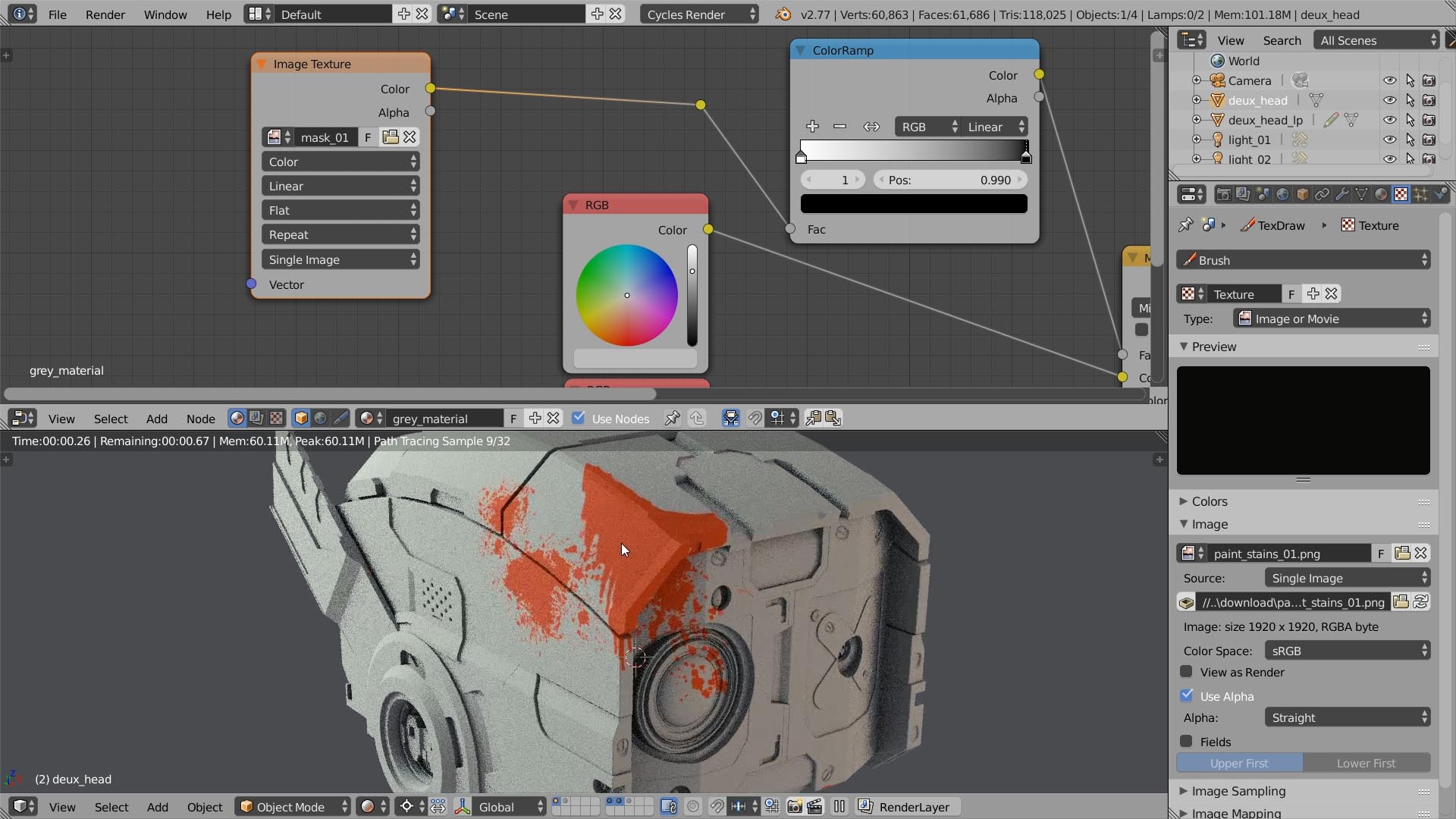

I clearly have a lot to learn on this topic. A Texture Mask is a grayscale texture, or a single channel (R, G, B, or A) of a texture, used to limit the area of an effect inside a Material.
#3d coat texturing exporting a diffuse texture as a 2d image how to
Sorry for the extremely noobish materials question but can someone point me in the right direction as far as moving between the two programs with materials intact? Is the only method importing my 3D Coat objects into Blender and then setting up the materials manually in the nodes editor? I have a rudimentary understanding on how to do this but it's a bit labor intensive for me. I was also initially very excited about the possibility of using the software's texture painting capabilities, but it's dawning on me that exporting an object from 3D Coat to Blender with materials intact is perhaps something that can't be accomplished with a few clicks. Substance painter felt weird to me, hard to control and offering little useful features, though that was still in Beta at the time. Importing, Texturing & Exporting Go to File > Export Textures and select the file format to export the textures. With that preamble out of the way, I'm learning 3D Coat because I'm tired of the limitations of sculpting in Blender. Used all of them, still using 3D Coat, like a lot, extensivley used DDO, and used substance painter a short time. Blender has been my sole 3D app for all of my time using 3D. I am a decently seasoned modeler and sculptor for someone who is primarily a 2D artist, but 3D materials are something that I have only recently dipped my toes into, as until now I have largely stuck to hand-painting in 2D or using photo textures over top of plain geometry for my concept work.

It automates the process of creating a plane, resizing it to fit the dimensions of the. The Export Textures dialog holds three tabs, Settings, Output Templates, and List of Exports. This add-on imports images and creates planes with them as textures.

Supporting high-resolution texture sizes in 2D without artifacts Use appropriate texture sizes in 3D. Press keyboard shortcut Ctrl/Cmd + Shift + E. StandardMaterial3D and ORMMaterial3D (Occlusion, Roughness, Metallic) are default 3D materials that aim to provide most of the features artists look for in a material, without the need for writing shader code. Hi everyone, I'm a 2D concept artist who has been incorporating 3D into my workflow more and more in recent years. You can access the Export Textures dialog with two methods: Go to File > Export Textures.


 0 kommentar(er)
0 kommentar(er)
